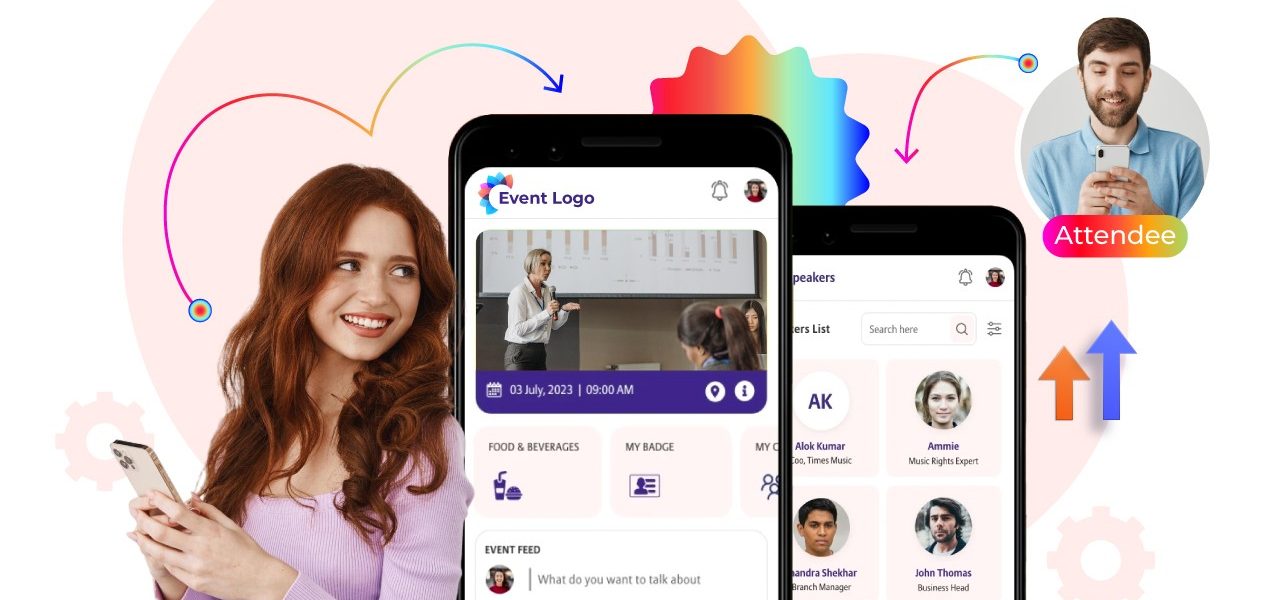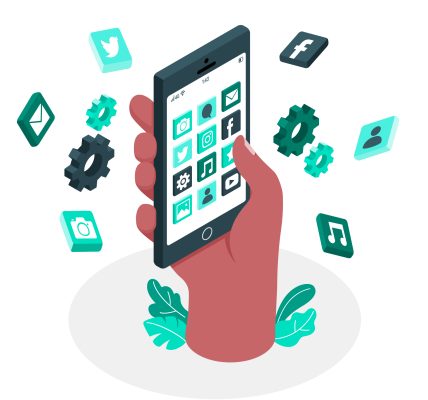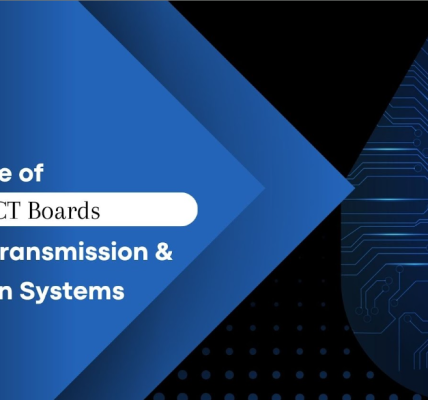In today’s app-driven society, when we spend a substantial amount of time attached to our smartphones, the idea of app success might appear enigmatic. What distinguishes an app from the overwhelming app store? How do developers design applications that not only captivate our attention but also keep us interested and coming back for more? The solution resides in a robust toolkit known as mobile app event tracking.
Imagine you’re going through your favorite social networking app. You double-tap a friend’s post, scroll through a hilarious meme, and remark on a popular video. Each of these actions – taps, swipes, and remarks – represents an event that the software constantly monitors. Event tracking functions as a quiet observer, documenting the user journey and providing developers with important insights into how users interact with the app.
This article goes more into the topic of mobile app event tracking. We’ll go over the specifics of how it works, reveal the benefits it provides for both developers and users and provide you with information on some of the most popular event-tracking technologies available.
Understanding Mobile App Event Tracking
Think about the social media app example. By tracking your taps, swipes, and remarks, the app collects information about your interests and activities. This data depicts how you, the user, traverse the program. Developers can then use this data to understand
-
User Behavior: What features are consumers drawn to? Are there any portions of the app that generate misunderstanding or frustration?
-
Engagement Levels: How long do people remain in the app? How often do they revisit it?
-
Conversion Rates: Do users perform the required behaviors, such as sharing material, following new accounts, or making in-app purchases?
Why Event Tracking is the Secret Sauce for App Success?
Event tracking isn’t just a data collection exercise; it’s a cornerstone for building a successful app. Here’s how it plays a pivotal role:
-
Crafting an Unbeatable User Experience: Understanding user behaviour through event tracking empowers developers to identify areas within the app that need improvement. This can lead to a smoother, more intuitive experience for users, ultimately keeping them engaged and satisfied.
-
Boosting User Engagement: Event tracking helps pinpoint features that resonate with users and keep them hooked. Developers can then prioritize refining these features and introducing new ones that cater to user interests, maximizing engagement and retention rates.
-
Driving Conversions: Whether it’s enticing users to subscribe to a premium service or nudging them towards a purchase, event tracking equips developers with the knowledge to optimize the app to encourage desired actions. By analyzing user behavior patterns, developers can tailor in-app experiences and marketing messages to effectively guide users towards conversion.
Unveiling the Arsenal: Popular Mobile App Event Tracking Tools
Now that you grasp the importance of event tracking for app success, let’s explore some popular tools that developers utilize:
-
Google Analytics: A free and user-friendly option, perfect for beginners. It adeptly tracks basic events like app launches, screen views, and button clicks. With its familiar interface and comprehensive reporting, Google Analytics provides a solid foundation for understanding user behavior within your app.
-
Firebase by Google Analytics: This advanced offering from Google goes beyond the basics. Firebase empowers you to delve deeper with features like user segmentation and custom event tracking. Imagine categorizing users based on demographics or interests, and then tracking their specific interactions within the app. This granular level of detail allows for a nuanced understanding of how different user groups engage with your app.
-
Mixpanel: A powerful contender known for its insightful data visualization tools and user funnels. Mixpanel doesn’t just provide raw data; it transforms it into visually compelling charts and graphs, making it easier to identify trends and patterns. Additionally, user funnels allow you to visualize the steps users take to complete a specific task within the app. By analyzing where users drop off in the funnel, you can pinpoint areas for improvement and optimize the conversion process.
-
UXCam: This tool goes a step further by offering session recordings alongside event data. Imagine being able to physically observe how users engage with the app, including their taps, swipes, and facial expressions. UXCam gives you crucial insights into user behavior that traditional analytics may overlook. Seeing is believing, and UXCam’s session records provide you a glimpse into the user’s perspective, allowing you to detect usability issues and improve the entire experience.
-
Flurry: Budget-conscious developers, rejoice! Flurry is a free event-tracking tool with a focus on app performance metrics. It meticulously tracks crashes, loading times, and other performance indicators, ensuring your app runs smoothly and efficiently. By identifying and addressing performance bottlenecks, Flurry helps developers optimize the app’s technical
The Future of Event Tracking: A Glimpse Ahead
The world of event monitoring is continually changing, with new technologies and solutions being introduced all the time. Here are some interesting trends to keep an eye on:
-
Machine Learning and Artificial Intelligence: Machine learning algorithms are increasingly being utilized to evaluate event data and detect user behavior trends. This allows developers to better predict user activities and tailor the app experience.
-
Privacy-Focused Solutions: As users’ privacy concerns rise, event-tracking solutions are being created to ensure that data is captured and utilized properly. This covers capabilities such as user consent management and anonymization mechanisms.
By the conclusion of this essay, we will have learned that event tracking is still evolving and will certainly play a larger part in moulding the future of mobile apps. By embracing these techniques, developers can create truly user-centric apps that deliver exceptional experiences and drive long-term success





